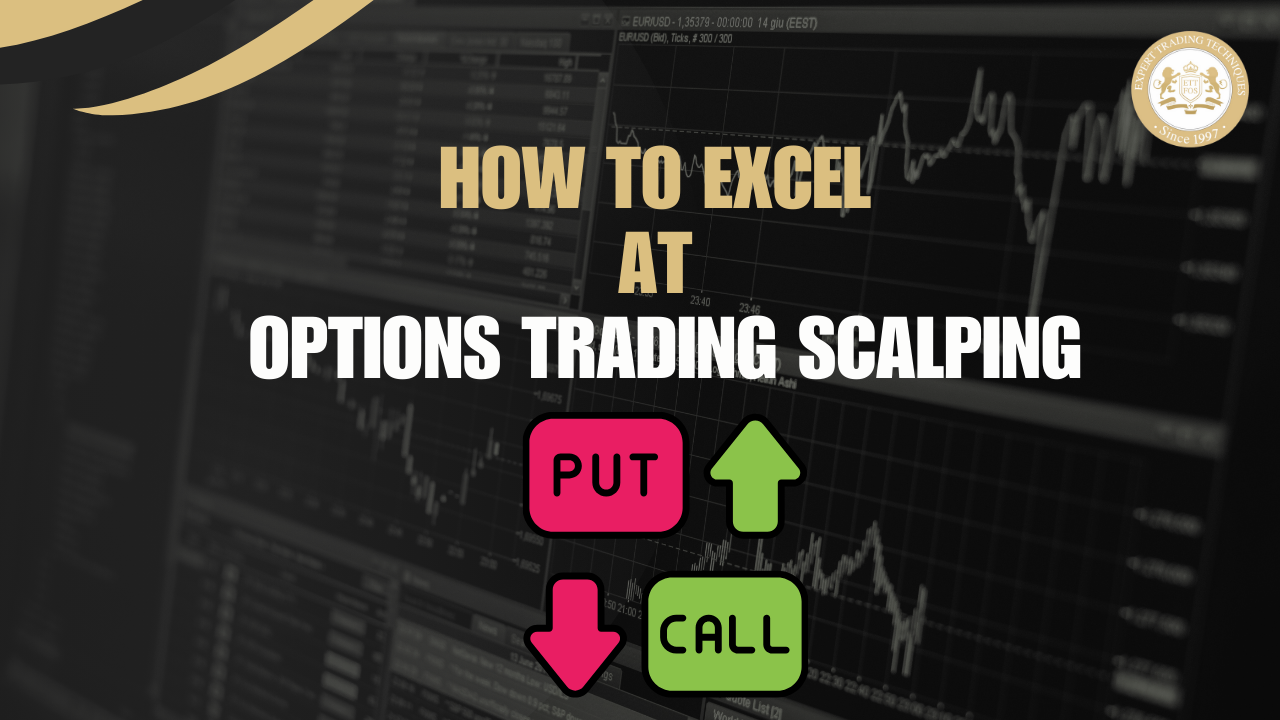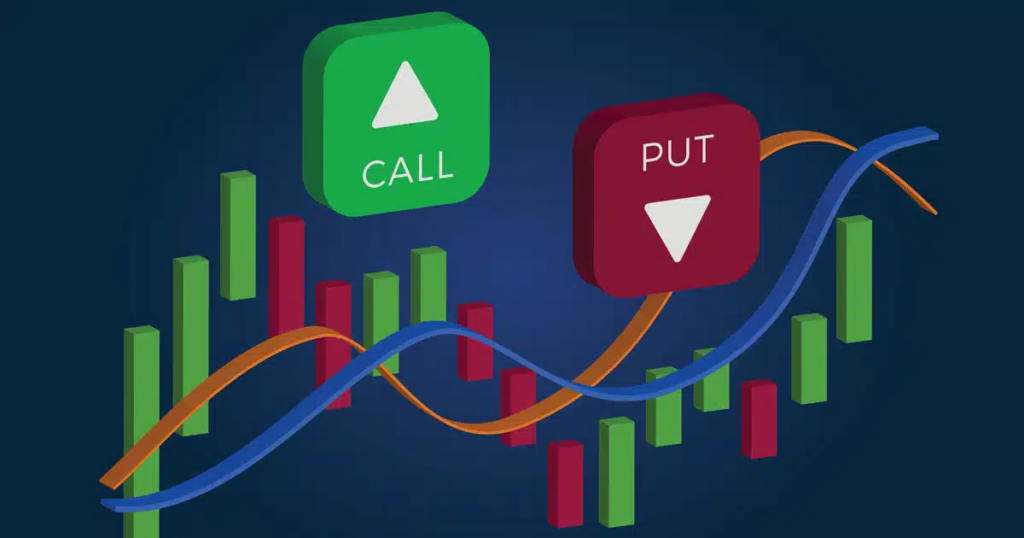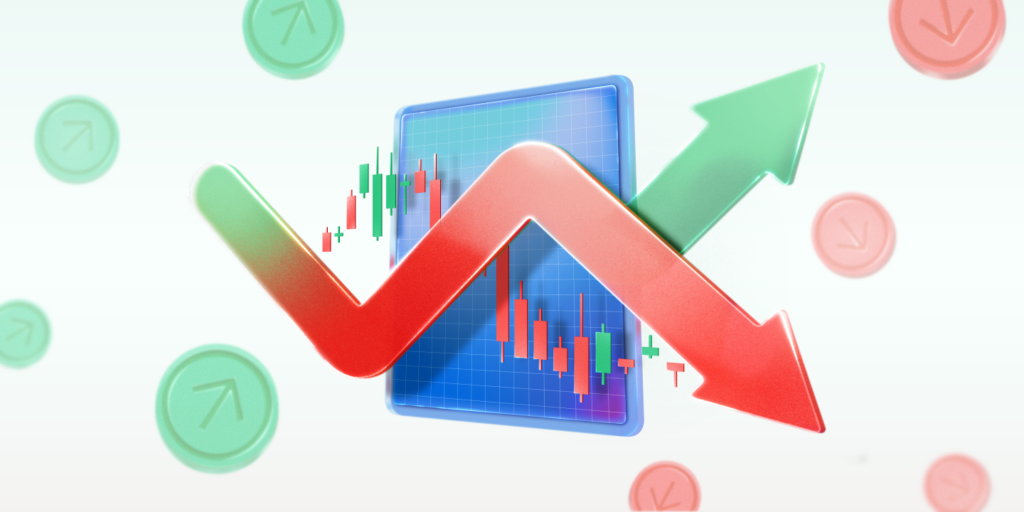
Imagine a trading strategy where you make dozens of quick trades in a single day, each one aimed at capturing tiny price moves. Welcome to the world of options trading scalping! This approach isn’t about hitting home runs, it’s about scoring lots of little wins. It doesn’t matter that if you’re a seasoned trader or just dipping your toes into the options market, scalping offers a thrilling way to profit from short-term price swings.
Let’s break down the ins and outs of scalping, from what it is and how it works, to the strategies that can help you make the most of those fleeting price opportunities. If you’re ready to enter into a fast-paced trading style that keeps you on your toes, keep reading. Scalping could be your ticket to navigating the markets with precision and speed!
Also read: Best Time Frame for Scalping Crypto

Options trading scalping is a trading strategy where traders seek to profit from small price movements in options contracts over a short period. Unlike long-term trading or investing, scalping focuses on making multiple trades throughout the day to capture incremental gains. This method is characterized by high trade frequency and quick decision-making.
For example, Suppose you notice an option trading at $5.00 with a bid-ask spread of $0.10. You buy at $5.00 and sell at $5.05. Though the profit per trade is minimal, doing this repeatedly throughout the day can result in substantial gains.
Also read: Best Indicators for Scalping
Let’s understand the key terms in options trading scalping with the help of a detailed table:
| Term | Definition |
|---|---|
| Bid-Ask Spread | Difference between buying and selling prices |
| Slippage | Variance between expected and actual execution price |
| Liquidity | Measure of how easily an asset can be traded |
An options scalper is someone who specializes in making quick trades in the options market to capture tiny price movements. Think of them as a sports coach who’s always on the sidelines, watching every play closely and making instant decisions.
Scalpers are often characterized by their quick reflexes and sharp focus. They don’t aim for big, long-term wins. Instead, they go for lots of small wins throughout the day. They watch the market closely, sometimes making dozens or even hundreds of trades in a single day, looking to profit from small price changes.
Also read: What is Gold Scalping?
An options scalper does the following job:
Let us take an example. Imagine someone buying an option at $50.01 and selling it at $50.03. While the profit per trade is small, making these trades repeatedly throughout the day can add up to a substantial sum. In essence, being an options scalper requires a keen eye for detail, fast decision-making skills, and a deep understanding of market movements. It’s like being a quick-footed player on a busy trading field, always ready to seize the next opportunity.

An options scalper focuses on options trading scalping contracts, means those special financial instruments that give you the right, but not the obligation, to buy or sell an asset at a set price within a certain period. But what exactly are they dealing with?
Imagine a scalper trading a call option for a stock. They might buy a call option with a strike price close to the stock’s current price and an expiration date just a week away. They then keep an eye on the stock’s price and the option’s value, aiming to make small profits from tiny price shifts.
Also read: Best Indicator for Option Trading in TradingView
When it comes to options trading scalping, having a few solid trading strategies up your sleeve can make all the difference. Here’s a quick rundown of the core tactics that experienced scalpers use to stay ahead:
Risk management in options trading scalping is like having a good safety net while walking a tightrope. It’s all about making sure you don’t fall too hard when things don’t go as planned. Here’s how savvy scalpers keep their risks in check:
Volatility and Market Conditions: Markets can be wild and unpredictable. Scalpers need to watch for high volatility, which can lead to bigger price swings. If the market’s too crazy, it’s best to trade cautiously or sit it out.
Managing Leverage and Margin: Leverage lets you control a big position with a small amount of money, but it also means you can lose big if things go south. Always use leverage wisely and ensure you have enough margin to cover potential losses.
Setting Stop-Loss and Take-Profit Levels: These are like a safety valve. They automatically sell your position if it drops to a certain price, preventing big losses. For instance, if you set a stop-loss at 2% below your entry price, your trade will close automatically if it loses 2%. These also lock in profits by selling your position when it hits a pre-set profit level. If you aim for a 3% gain, your position will close when it reaches that profit, ensuring you don’t miss out.
Developing a Scalping Plan: Set specific rules for when to enter and exit trades. A good plan includes how much risk you’re willing to take on each trade and what steps to follow if the market turns against you. Check your performance regularly to see what’s working and what’s not. Adjust your strategies based on what you learn.
Also read: Best Time Frames for Swing Trading

When it comes to trading, options trading scalping is just one approach among many. Let’s break down how it stacks up against other popular strategies:
Like scalping, day traders buy and sell within a single day, but they usually hold positions a bit longer, anywhere from minutes to hours. They often look to capitalize on bigger price moves compared to scalpers, who aim for small, quick gains. In contrast, scalpers focus on grabbing tiny price changes, making lots of trades throughout the day. It’s all about speed and precision.
Swing traders hold positions for days or weeks, trying to catch larger market trends. They rely on technical analysis and chart patterns to identify potential trade setups. Scalping is more about quick trades and doesn’t typically depend on longer-term trends. It’s a fast-paced game of seizing small opportunities rather than waiting for significant movements.
This approach involves buying and holding assets for months or years, aiming to benefit from long-term growth. Investors are less concerned with short-term fluctuations and more focused on the bigger picture. In contrast, scalpers are all about the here and now. They’re not interested in holding positions for the long haul but prefer to capitalize on immediate price shifts.
Options Trading scalping isn’t everyone’s cup of tea, but it comes with some clear perks for those who dive into it. Here’s a rundown of why scalping can be a winning strategy:
Also read: The Importance of Risk-Reward Ratio in Trading
Options Trading scalping might sound exciting, but it’s not without its challenges. Here’s a look at some of the downsides to keep in mind:

Options trading scalping isn’t just about making quick trades; it involves several key elements to keep your strategy sharp and effective. Here’s a breakdown of what you need to know:
Also Read: How to Set Stop Losses and Take Profits
In summary, options trading scalping is a high-speed trading strategy where you aim to make quick profits from tiny price changes. We’ve explored the essentials, from understanding what scalping involves to the core strategies, risk management techniques, and how it compares with other trading methods. Scalping offers benefits like fast profits and reduced long-term risks but also comes with its challenges, such as high stress and transaction costs. Mastering this strategy requires sharp focus, quick decision-making, and effective use of tools and technology.
If you’re excited about the potential of scalping, it’s time to put these insights into practice. Explore more about scalping strategies and tools to enhance your skills. For a structured learning experience and expert guidance, check out the ETTFOS Core Masterclass. It’s your next step to mastering the art of options trading scalping and turning those small trades into significant gains!
Scalping can be challenging for beginners due to its fast-paced nature and requires a good understanding of market mechanics.
While it’s possible to start with a small amount, having adequate capital is important to absorb losses and make substantial profits.
Also Read: How to Develop a Trading Journal to Improve Your Performance
Your blog is a treasure trove of knowledge!Keep up the phenomenal work!
Thank you so much for your kind words! We’re thrilled to hear you found the research behind this publish insightful and valuable. Our goal is to provide content that truly makes a difference.
If you’re interested in learning more or discussing any specific topics in depth, feel free to book a call with us here: https://ettfos.zohobookings.com/#/4157490000003500034.
Alternatively, you can share your contact details, and we’d be happy to reach out to you directly. Looking forward to connecting with you!